Key Takeaways
Quick Answer: Single-origin chocolate represents the pinnacle of chocolate craftsmanship:
-
Definition: Chocolate made from cacao beans sourced from one specific location or farm
-
Quality: Superior flavor complexity compared to blended chocolates
-
Terroir: Each origin offers unique taste profiles reflecting local growing conditions
-
Traceability: Complete transparency from bean to bar production
-
Premium experience: Allows tasting distinct regional characteristics
-
Investment: Higher cost but exceptional quality and flavor depth
Discover exceptional fine chocolate collections showcasing premium single-origin varieties from renowned cacao regions.
Understanding Single-Origin Chocolate
Single-origin chocolate represents the highest expression of chocolate artistry, crafted exclusively from cacao beans sourced from one specific geographic location, farm, or even a single plantation. This concept parallels the wine industry's emphasis on terroir, where environmental factors including soil composition, climate, altitude, and local farming practices create distinctive flavor profiles that cannot be replicated elsewhere.
Unlike mass-produced chocolate that blends beans from multiple regions to achieve consistency, single source chocolate celebrates the unique characteristics that emerge from specific growing conditions. This approach allows chocolate lovers to experience the true essence of cacao as it expresses itself in different corners of the world, from the volcanic soils of Ecuador to the mountainous regions of Madagascar.
The artisanal chocolate movement has elevated origin chocolate from a niche product to a respected category that commands premium prices and devoted followings. Master chocolatiers who specialize in single-origin work often develop direct relationships with farmers, ensuring not only quality but also fair compensation for the agricultural expertise that creates these exceptional beans.
The Philosophy Behind Single-Origin
Understanding what makes single-origin chocolate special requires appreciating the philosophy that drives its creation. Rather than pursuing uniformity, single-origin chocolate makers embrace variation as a feature, not a flaw. Each harvest may yield subtly different flavor notes depending on weather patterns, soil conditions, and even the specific trees from which beans are harvested.
Maria Santos, a chocolatier who has worked extensively with Venezuelan cacao, describes the experience of tasting single-origin bars from consecutive harvests: "Even from the same farm, you can taste the story of that year—whether it was a particularly dry season, if there were more sunny days than usual, or how the farmer's fermentation techniques evolved. It's like reading the diary of the cacao tree through chocolate."
What Makes Single-Origin Chocolate Special
The distinction between single-origin chocolate and conventional chocolate extends far beyond marketing terminology into fundamental differences in quality, complexity, and production philosophy. Understanding these differences helps explain why discerning chocolate enthusiasts often prefer single-origin varieties despite their higher cost.
Flavor Complexity and Terroir: Perhaps the most significant advantage of origin chocolate lies in its flavor complexity. When cacao beans from different regions are blended, individual characteristics may complement each other but can also cancel out unique notes. Single-origin chocolate allows the full expression of terroir—the French concept describing how environment influences flavor.
Quality Control and Traceability: Single-origin producers typically maintain stricter quality controls throughout the supply chain. Since the chocolate's reputation depends entirely on beans from one source, every aspect from farming practices to post-harvest processing receives careful attention. This traceability allows consumers to understand exactly where their chocolate originates and supports sustainable farming practices.
Seasonal Variation and Vintage Character: Like fine wines, single source chocolate can exhibit vintage characteristics that reflect specific growing seasons. A chocolatier working with single-origin Madagascar cacao might notice that beans harvested during a particularly favorable year display enhanced fruit notes, while a drought year might concentrate flavors differently.
The Craft Chocolate Movement
James Peterson, who transitioned from wine making to chocolate production, discovered that single-origin chocolate offers complexity rivaling great wines: "When I first tasted properly made single-origin chocolate from Chuao, Venezuela, I was shocked by the layered complexity. There were notes I recognized from wine—leather, tobacco, dried fruits—but expressed through chocolate in ways I'd never experienced."
Premium chocolate makers often develop signature relationships with specific farms, sometimes working with the same producers for decades. This relationship allows for continuous improvement in both farming and processing techniques, ultimately resulting in chocolate that expresses the best possible characteristics of its origin.
Venezuelan Chocolate: A Single-Origin Excellence Case Study
Venezuela represents one of the most prestigious origins in the single-origin chocolate world, producing some of the finest cacao beans available to chocolatiers. The country's diverse microclimates and centuries of cultivation expertise have created cacao varieties that chocolate connoisseurs consider among the world's best.
Venezuelan cacao benefits from unique geographical advantages including varied altitude zones, consistent tropical temperatures, and soil conditions enriched by centuries of organic matter. The Chuao valley, often considered the pinnacle of Venezuelan cacao, produces beans with complexity that has made them legendary among chocolate makers worldwide.
Premium chocolates crafted from Venezuelan cacao, such as the exceptional Dark Chocolate 55% Venezuela, demonstrate how single source chocolate can express the unique characteristics of its origin. Even at a moderate 55% cacao content, quality Venezuelan beans provide complexity that many higher-percentage chocolates from blended sources cannot match.
The success of Venezuelan origin chocolate illustrates how traditional knowledge combined with ideal growing conditions creates exceptional results. Many Venezuelan cacao farms have been family-operated for generations, with accumulated knowledge about fermentation, drying, and processing techniques that directly impact final chocolate quality.
Processing Techniques and Origin Expression
The journey from Venezuelan cacao bean to finished chocolate requires careful attention at every stage to preserve the origin's distinctive characteristics. Traditional fermentation methods using wooden boxes allow natural yeasts and bacteria to develop the precursor compounds that will eventually become chocolate flavor. The timing and temperature control during this process can significantly impact how Venezuelan terroir expresses itself in the final chocolate.
Drying techniques also influence flavor development, with many Venezuelan producers using traditional sun-drying methods that allow gradual moisture reduction while preserving delicate flavor compounds. These time-honored techniques, combined with Venezuela's ideal climate, create the foundation for exceptional single-origin chocolate.
Quality Factors in Single-Origin Production
The quality of single-origin chocolate depends on numerous factors that begin in the cacao orchards and continue through every stage of production. Understanding these quality determinants helps consumers make informed choices and appreciate the craftsmanship behind exceptional origin chocolate.
Bean Quality and Genetics: The foundation of great origin chocolate starts with superior cacao genetics. Venezuela's Criollo and Trinitario varieties, for example, are prized for their genetic predisposition toward complex flavors, while some regions specialize in Nacional varieties that offer unique characteristics unavailable elsewhere.
Farming and Harvesting Practices: Single-origin producers often work closely with farmers to optimize growing and harvesting techniques. This might include selective harvesting of only perfectly ripe pods, careful extraction methods that prevent bean damage, and immediate processing to maintain bean quality.
Fermentation Excellence: The fermentation stage critically impacts flavor development in single source chocolate. Different origins may require unique fermentation approaches—Venezuelan beans might benefit from extended fermentation times, while other origins require more rapid processing to preserve delicate flavor notes.
Processing Precision: Converting fermented cacao beans into finished chocolate requires technical expertise that preserves origin characteristics while creating smooth, well-textured chocolate. This includes careful roasting profiles that enhance rather than mask origin flavors, precise grinding techniques, and conching processes that develop texture without destroying delicate aromatics.
Artisanal vs. Industrial Production
The difference between artisanal and industrial production becomes particularly apparent in single-origin chocolate manufacturing. Industrial producers often use standardized processes designed for consistency across different bean origins, while artisanal producers adapt their techniques to optimize each origin's unique characteristics.
Specialized chocolate melting products, such as professionally crafted FCH Dark Chocolate Candy Melts Wafers, demonstrate how quality single-origin principles can extend to functional chocolate products. These products maintain flavor integrity while providing versatility for culinary applications, bridging the gap between pure eating chocolate and practical cooking ingredients.
Single-Origin Chocolate in Culinary Applications
Single-origin chocolate offers culinary possibilities that extend beyond simple consumption, providing chefs and home cooks with ingredients that contribute specific flavor profiles to desserts, beverages, and even savory dishes. Understanding how different origins perform in various applications helps maximize their culinary potential.
Baking and Dessert Applications: Venezuelan origin chocolate often excels in applications where chocolate flavor needs to complement rather than dominate other ingredients. Its subtle complexity works beautifully in mousses, ganaches, and sophisticated desserts where flavor balance matters more than chocolate intensity.
Beverage Creation: Single source chocolate creates exceptional hot chocolate and drinking chocolate where origin characteristics can be fully appreciated. The temperature and liquid medium allow volatile aromatics to express themselves fully, often revealing flavor notes that might be subtle in solid form.
Pairing and Complementing: Different origins pair differently with various flavors—Venezuelan chocolate might complement rum or aged spirits, while Ecuadorian varieties could enhance fruit-based desserts. Understanding these pairing principles helps optimize origin chocolate in complex recipes.
Professional Culinary Integration
Professional chocolatiers and pastry chefs increasingly specify particular origins for different applications within their repertoires. A chef might use Venezuelan single-origin for elegant truffle centers while choosing Madagascar chocolate for fruit-forward desserts, recognizing that each origin contributes unique characteristics to the finished product.
The availability of professional-grade single-origin products, including specialized formats like melting wafers, allows culinary professionals to incorporate single-origin chocolate into various applications while maintaining the quality and complexity that makes origin chocolate special.
Frequently Asked Questions
What exactly is single-origin chocolate?
Single-origin chocolate is made exclusively from cacao beans sourced from one specific geographic location, such as a particular country, region, farm, or even a single plantation. This allows the chocolate to express the unique terroir and characteristics of that specific origin, unlike blended chocolates that combine beans from multiple locations.
How does single-origin chocolate differ from regular chocolate?
Single-origin chocolate showcases the unique flavor profile of beans from one location, offering more complexity and distinctive taste notes. Regular chocolate typically blends beans from multiple origins to achieve consistency and lower costs, which can mask individual origin characteristics.
Is single-origin chocolate better than blended chocolate?
Single-origin chocolate isn't necessarily "better," but it offers different qualities. It provides more complex, distinctive flavors and complete traceability, while blended chocolate offers consistency and typically lower prices. The choice depends on your priorities—flavor complexity and origin story versus consistency and value.
Which countries produce the best single-origin chocolate?
Several countries are renowned for exceptional single-origin cacao: Venezuela (complex, subtle flavors), Ecuador (Nacional variety with floral notes), Madagascar (bright, fruity characteristics), and Peru (diverse flavor profiles). Each origin offers unique characteristics rather than being objectively "best."
Why is single-origin chocolate more expensive?
Single-origin chocolate costs more due to several factors: premium bean sourcing, smaller production volumes, direct trade relationships that pay farmers better, more careful processing to preserve origin characteristics, and the artisanal nature of production versus mass manufacturing.
How should I taste single-origin chocolate to appreciate its qualities?
Start by examining the chocolate's appearance and aroma. Let it melt slowly on your tongue rather than chewing, allowing different flavor notes to develop. Pay attention to initial tastes, mid-palate development, and finish. Compare different origins to develop sensitivity to terroir differences.
Can single-origin chocolate be used for baking and cooking?
Yes, single-origin chocolate works excellently for culinary applications, often providing more complex flavors than blended chocolates. Different origins suit different applications—some work better for ganaches, others for baking. Professional-grade single-origin products are available specifically for culinary use.
Conclusion: Embracing the Single-Origin Experience
Single-origin chocolate represents more than a premium product category—it embodies a philosophy that values complexity, transparency, and craftsmanship over standardization and mass production. By choosing single-origin varieties, chocolate enthusiasts support sustainable farming practices, preserve genetic diversity, and experience the full range of flavors that cacao can express under different growing conditions.
The journey into single source chocolate appreciation often begins with curiosity about where chocolate originates and how different regions create distinct flavor profiles. Which country is the origin of chocolate becomes less important than understanding how modern origins each contribute unique characteristics to the global chocolate landscape.
Understanding origin chocolate enhances appreciation for the skill and knowledge required to transform cacao beans into exceptional chocolate while preserving the unique characteristics that make each origin special. Whether exploring Venezuelan complexity, Ecuadorian floral notes, or Madagascar fruit characteristics, single-origin chocolate offers experiences that commodity chocolate cannot replicate.
For those ready to explore the world of premium chocolate, discovering the exceptional quality and craftsmanship available through Zucchero Canada provides access to carefully curated single-origin options that showcase the best of what origin chocolate offers. Quality sourcing, expert handling, and attention to preservation of origin characteristics ensure that every piece delivers the authentic experience that makes single-origin chocolate special.
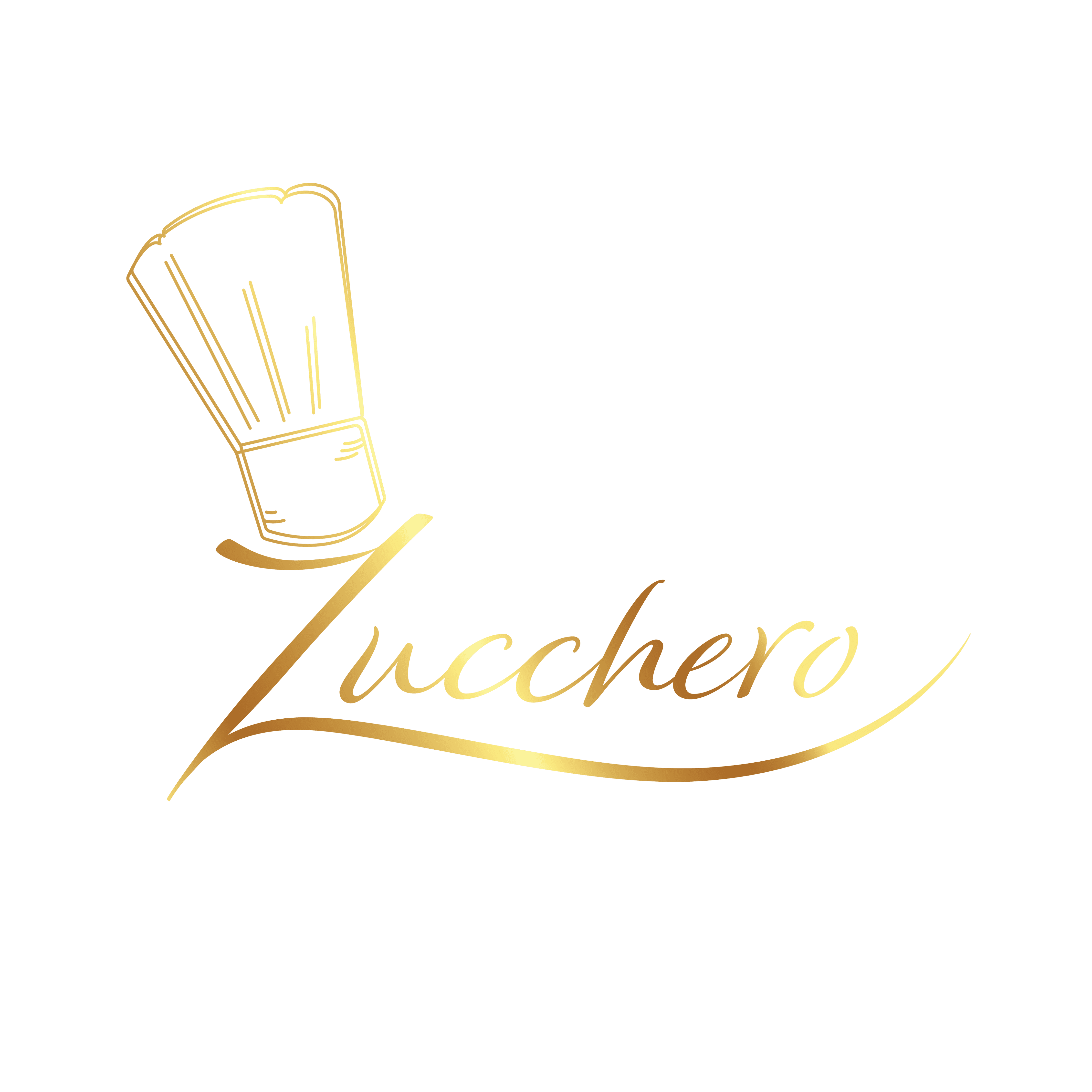

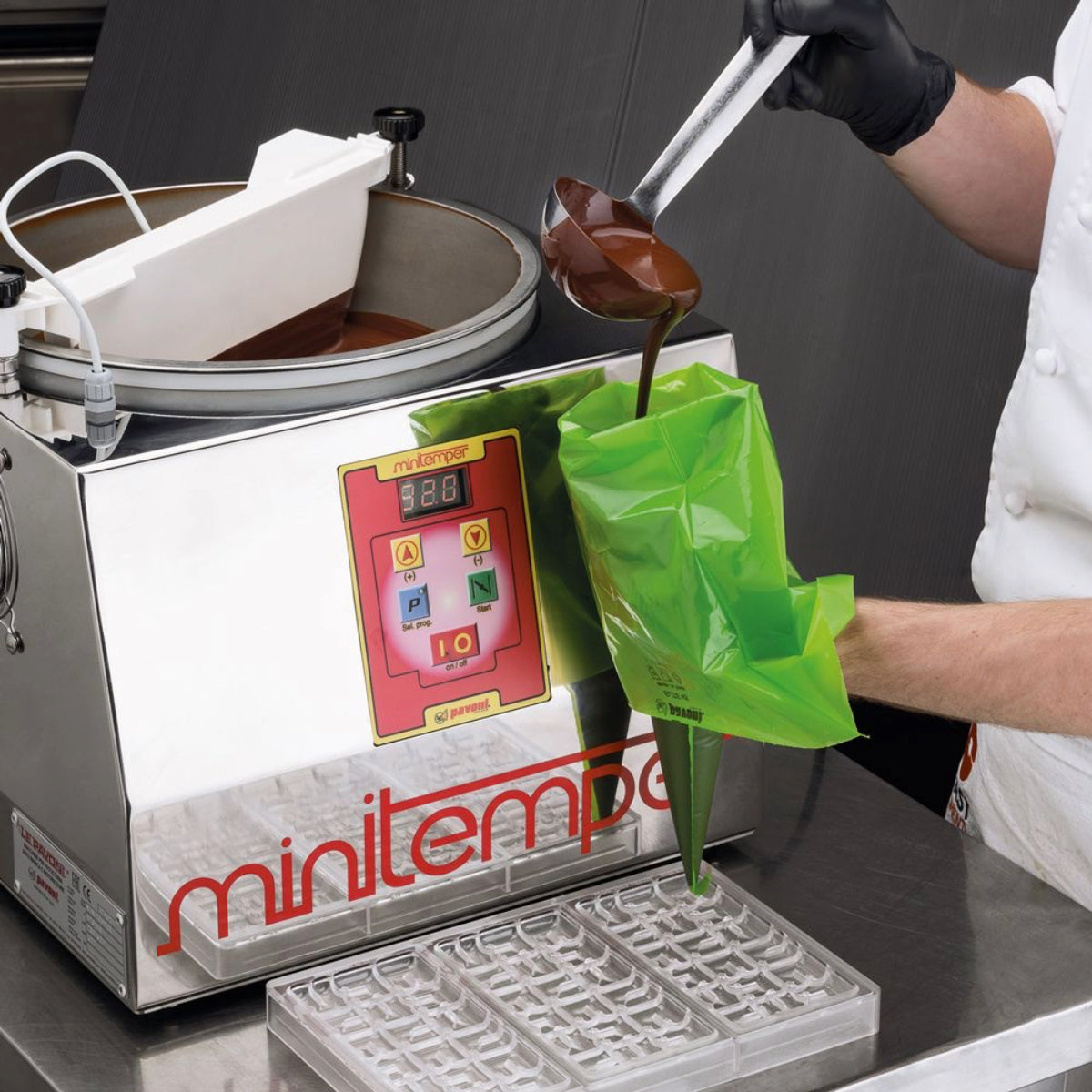

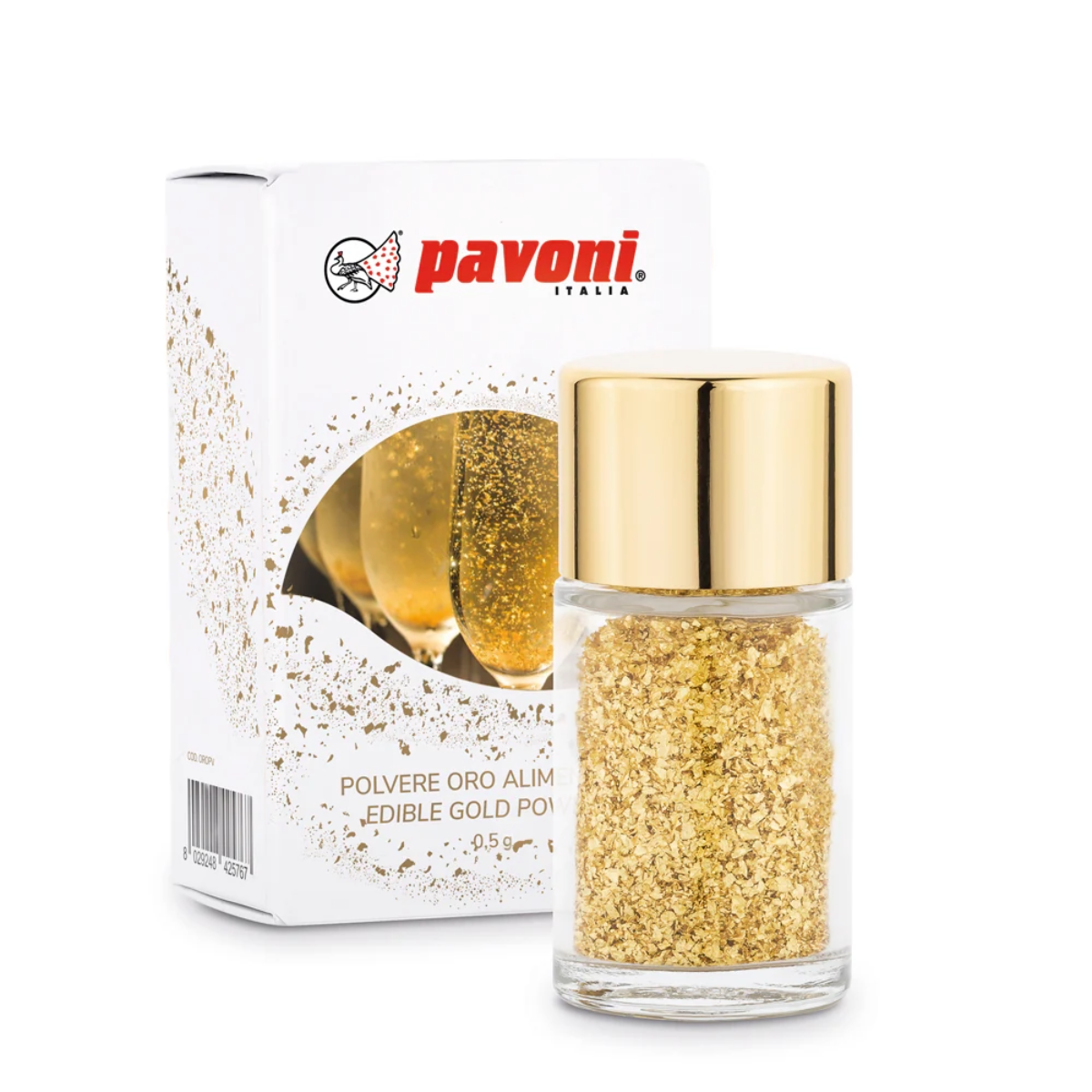
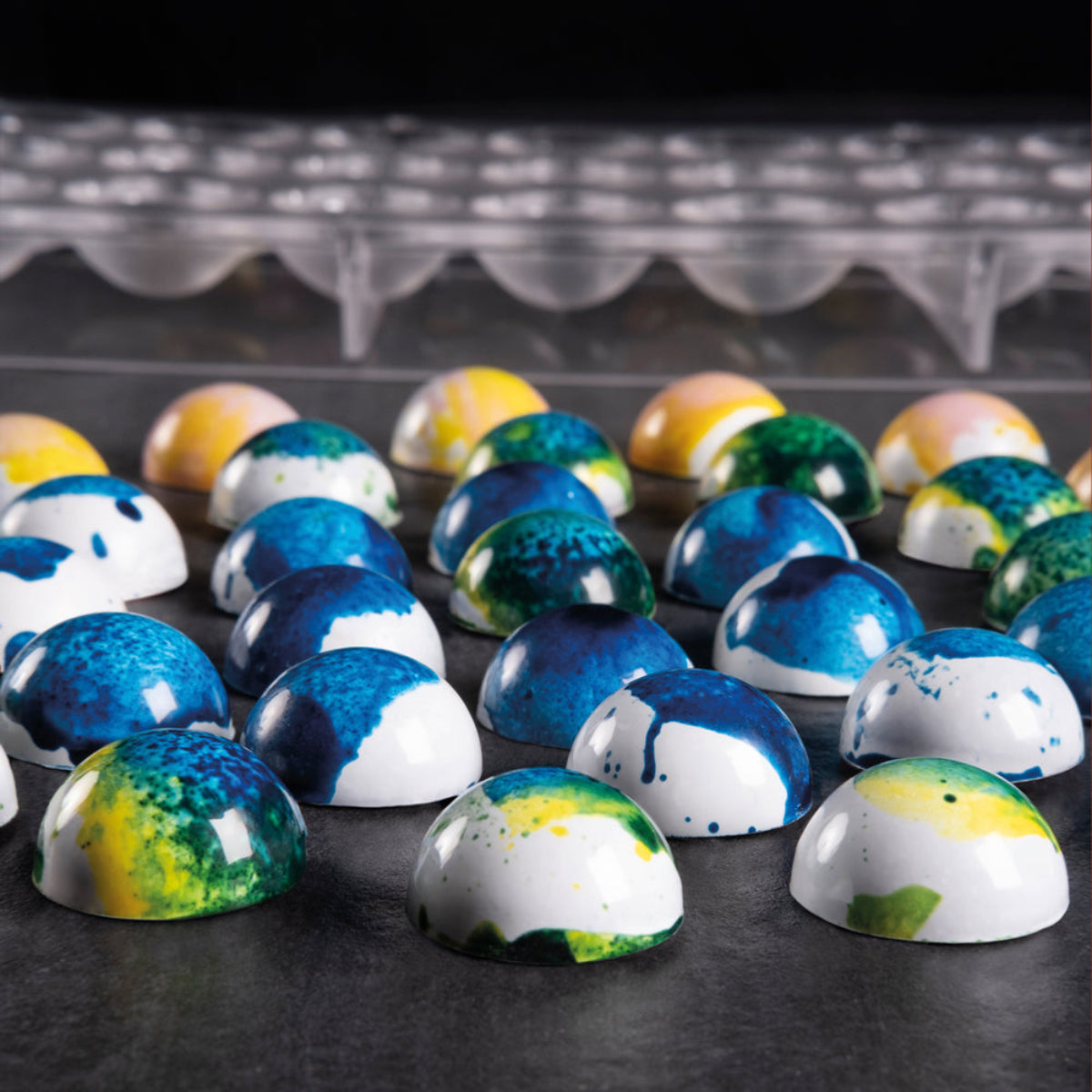





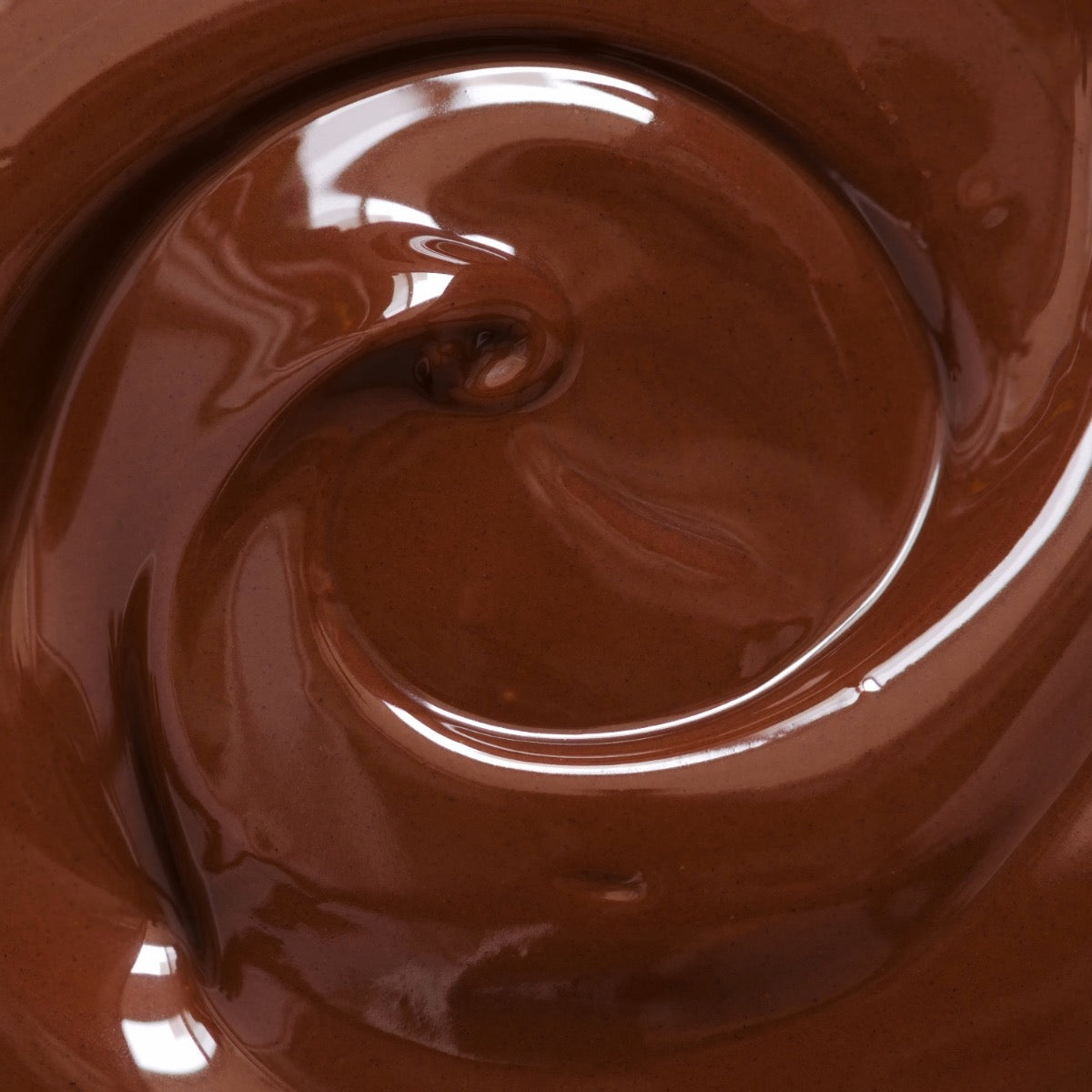




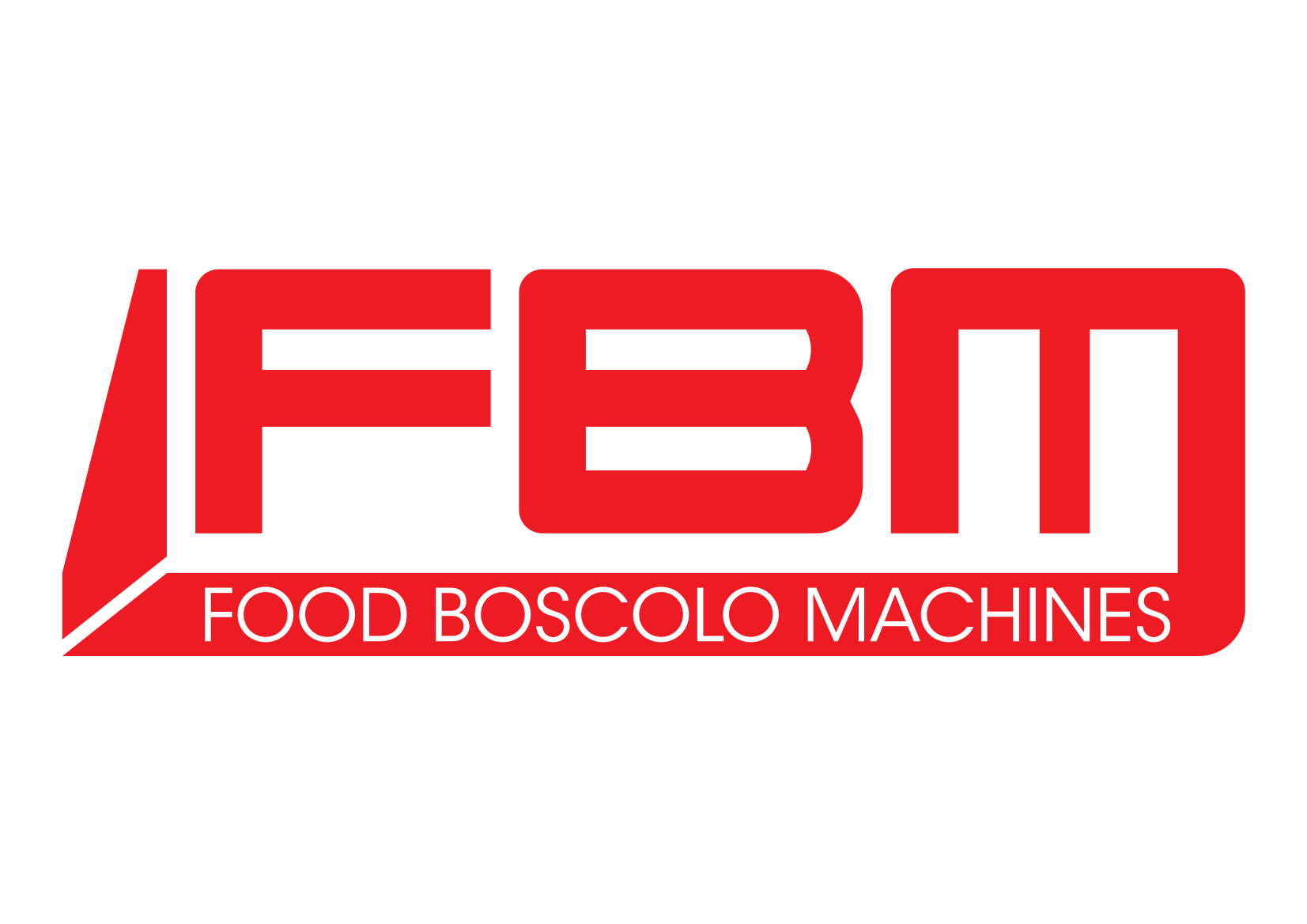
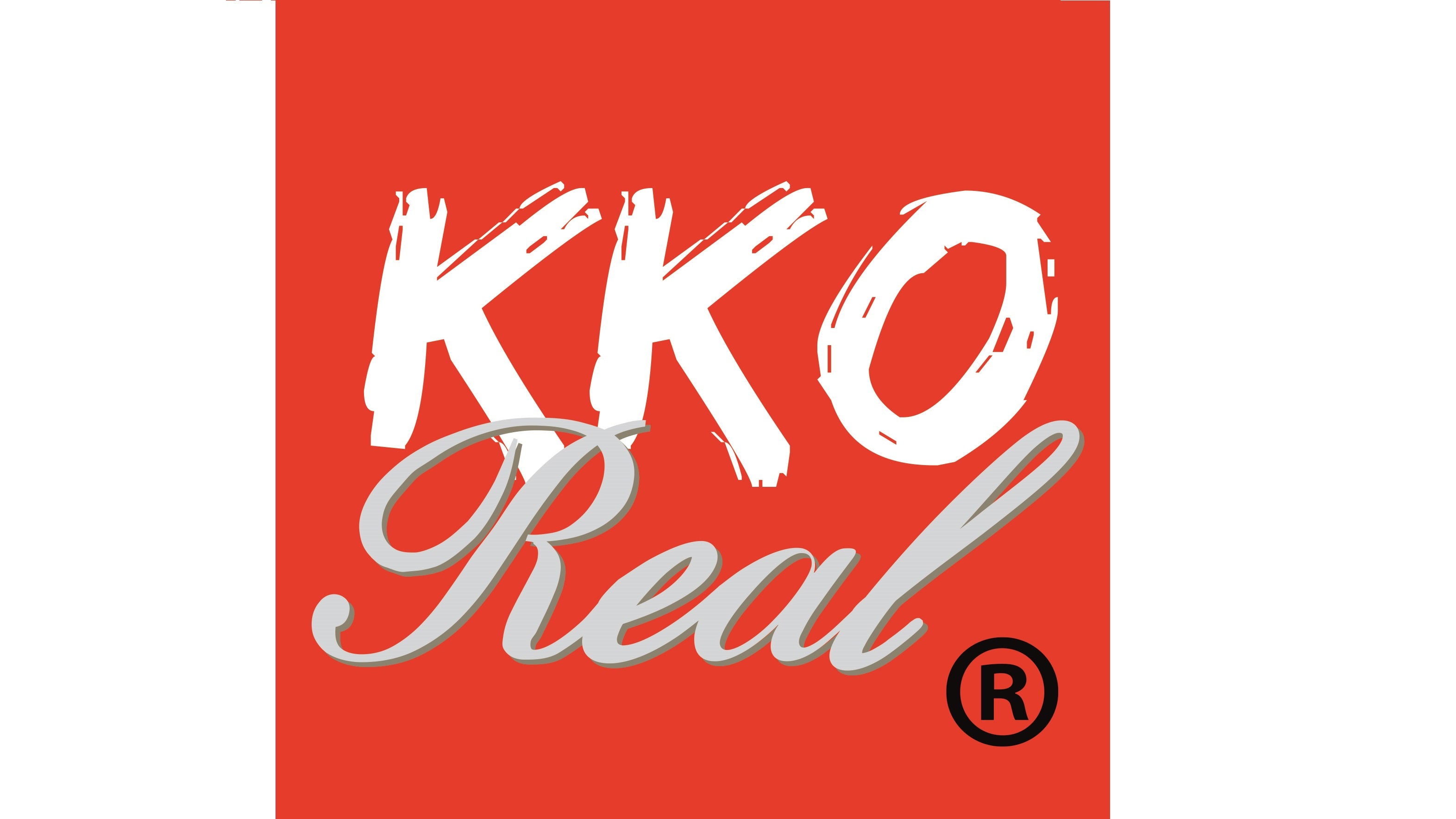


















Dejar un comentario
Todos los comentarios se revisan antes de su publicación.
Este sitio está protegido por hCaptcha y se aplican la Política de privacidad de hCaptcha y los Términos del servicio.